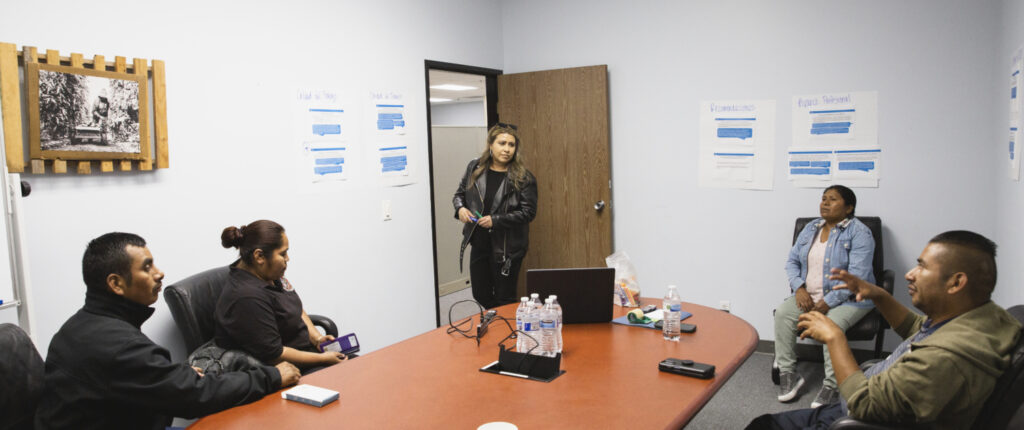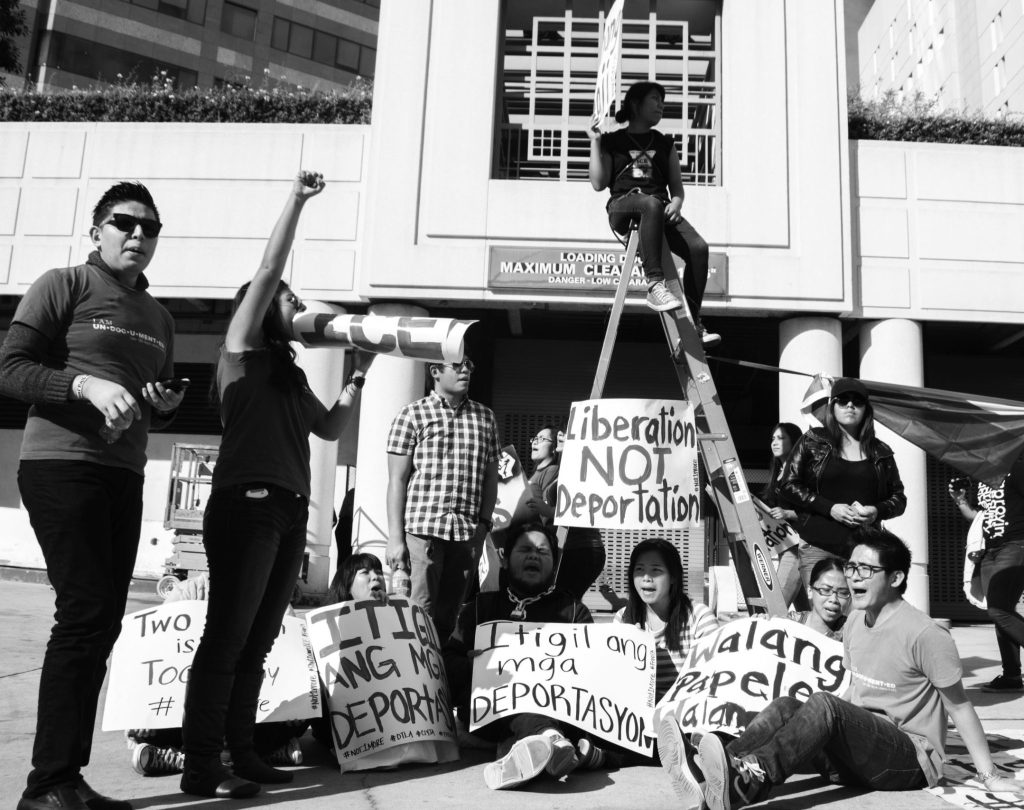The High Road to Economic Prosperity
By: Ana Luz González-Vásquez, Magaly N. López
The High Road to Economic Prosperity offers a macro analysis of the California Workforce Development Board’s (CWDB) High Road Training Partnership (HRTP) initiative. The report defines the HRTP model and evaluates the successes and challenges of adopting the high road approach, including recommendations on how to strengthen the HRTP framework and model as the initiative expands.
Among other findings, the report notes:
HRTPs offer a more inclusive definition of industry leadership and build collective power.
HRTPs bring together employers, labor, and community actors to look at their industries from a bird’s eye view and use their collective expertise to find mutually beneficial industry solutions.
This values-based approach prioritizes underlying systemic issues like racial inequality.
HRTPs move beyond diversity initiatives by identifying racial inequalities and creating tailored workforce development interventions, including sustainable long term policies that can be widely adopted to address the needs of disadvantaged communities.
The initiative offers an innovative model for public programs that are responsive to change.
HRTPs are continuously experimenting, learning, and refining their interventions, which allows them to respond to external shifts, such as economic downturns and climate change, in real time and work toward solutions that meet the needs of firms, workers, and communities.
The HRTP approach advances a shift in measuring workforce development success.
Traditional workforce development metrics often measure success by the number — not quality — of job placements. HRTPs also associate success with promoting worker voice and power, systems change, culture shifts, and other qualitatively measured indicators of high road success.
The initiative was supported by the Innovation and Implementation Network, an advisory and working group that included COWS (formerly the Center on Wisconsin Strategy), the California Labor Federation, the UCLA Labor Center, the UC Berkeley Labor Center, and a team of consultants. The workforce development team from the UCLA Labor Center led the process evaluation.
Read the full report here.

